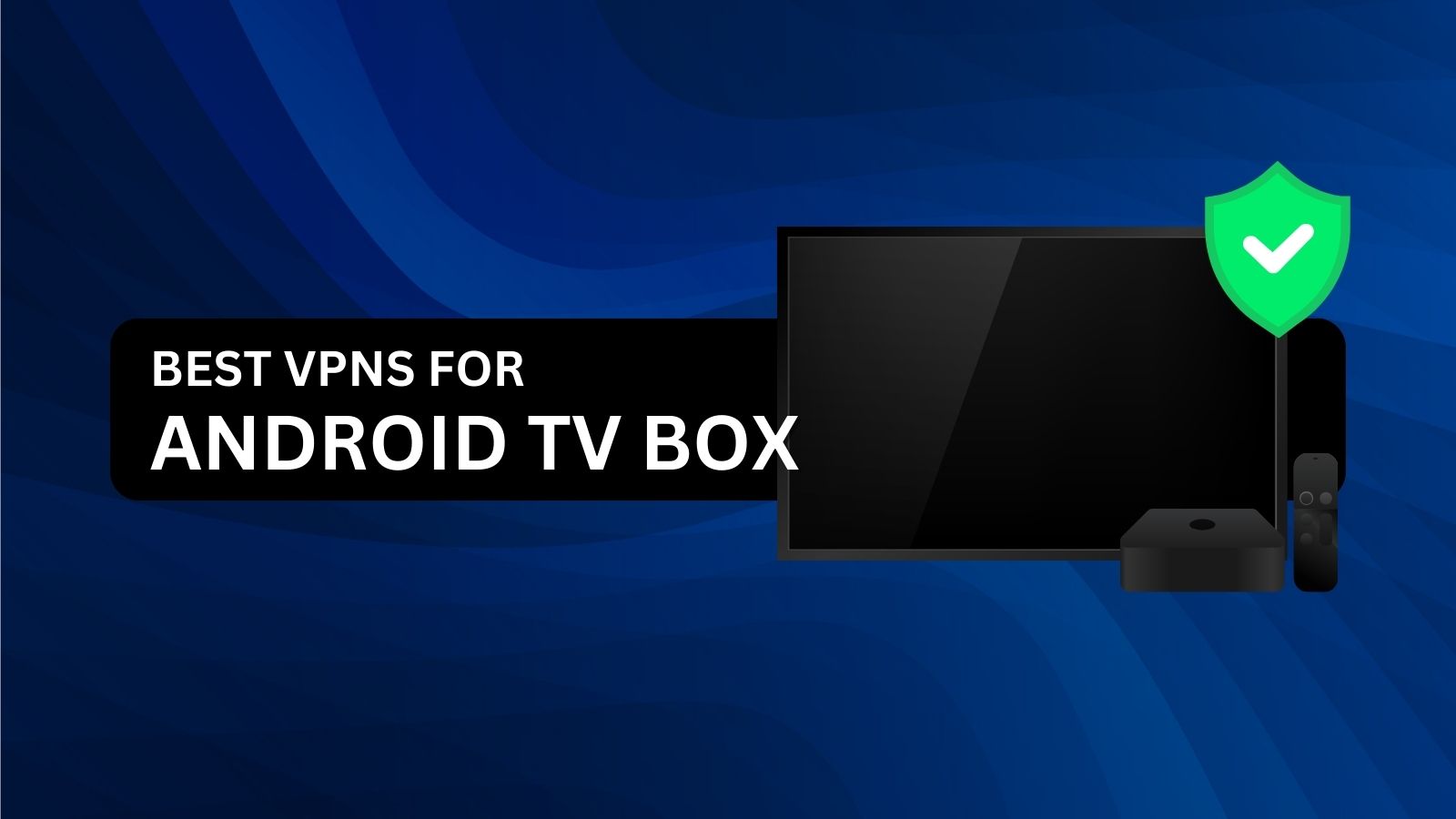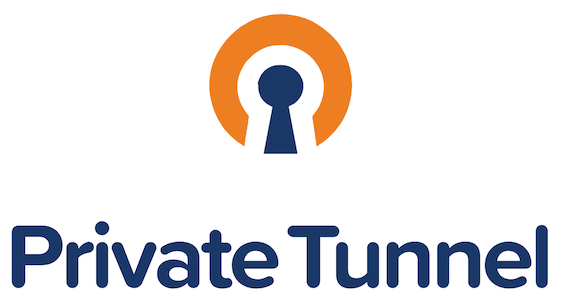What Are the Main Components Used in IoT and IIoT Devices?
The Internet of Things (IoT) and Industrial Internet of Things (IIoT) are transforming industries by creating smarter, more efficient systems.

Modern industries are evolving thanks to IoT and IIoT technology which builds smart systems that save time and resources. IoT and IIoT devices need essential building blocks to work properly for data sharing that triggers automated actions while helping users make better choices fast. This article studies the fundamental parts that support IoT and IIoT devices while demonstrating their key contributions to the system.
1. Sensors and Actuators
IoT devices need sensors as their most important element to gather data from their environment. IoT sensors detect and track temperature, humidity, pressure, motion and light levels to collect important information. For example:
IoT Application: Home automation systems read both room temperature and motion to help you use less energy.
IIoT Application: Manufacturing plants track their machinery performance by connecting vibration sensors to their equipment.
Actuators make changes between electrical and mechanical signals. These elements enable the IoT platform to trigger actions in production facilities through valve control and light activation.
2. Connectivity Modules
To transmit the data collected by sensors, IoT devices need reliable connectivity. Common communication technologies include:
Wi-Fi: Ideal for home and office IoT setups.
Cellular (3G/4G/5G): Widely used for remote and industrial applications.
LPWAN (Low Power Wide Area Network): Examples include LoRaWAN and Sigfox, which are preferred for long-range, low-power applications.
Bluetooth and Zigbee: Best for short-range, low-energy connections.
The connectivity module enables seamless communication with the IoT monitoring platform, ensuring that data reaches its destination in real-time.
3. Microcontrollers and Microprocessors
Microcontrollers (MCUs) and microprocessors are the brains of IoT and IIoT devices. They process the data collected by sensors and determine the next steps. Key differences include:
Microcontrollers: Compact and energy-efficient, they are used in simple IoT devices like smart thermostats.
Microprocessors: More powerful, they are utilized in complex IIoT systems requiring advanced computations, such as predictive maintenance algorithms.
4. IoT Monitoring Platform
An IoT platform acts as the central hub for data collection, processing, and visualization. Key functionalities include:
Aggregating data from multiple devices.
Analyzing real-time and historical data for actionable insights.
Sending commands back to devices for automated control.
An industrial IoT monitoring platform often includes additional features like predictive analytics, advanced security protocols, and compliance with industry-specific standards.
5. Power Supply
Devs in the IoT network depend on stable power sources to maintain their operation. Common power solutions include:
Batteries: The small portable devices require batteries to run their basic functions.
Energy Harvesting: The rise of solar power and vibration detection as energy sources transforms how IoT systems work.
Direct Power: IIoT devices dependent on external power require sustained connection to operate the high-performance functions they handle.
6. Storage Systems
IoT and IIoT devices need data storage to process their abundant information. Options include:
Edge Storage: The device itself stores its information locally to provide speedy access for instant operation needs.
Cloud Storage: The IoT platform enables users to extract value from large-scale data storage resources and maintain information over time while performing advanced analysis.
Edge storage and cloud platforms pair up in IIoT networks to make sure users get quick results and unlimited storage capacity.
7. Security Components
We must protect IoT and IIoT devices using effective security systems since they work with private data. Key components include:
Hardware Security Modules (HSMs): Protect data at rest and in transit.
Encryption Chips: Create protected connections that let devices share information with hardware systems.
Authentication Mechanisms: Add fingerprint locks and passcodes to protect device access.
8. Software and Firmware
The workings of IoT and IIoT devices depend on the control of software and firmware. These include:
Device Management Software: Lets users update settings wirelessly while overseeing device performance.
Embedded Systems Software: It controls physical devices and links them to IoT management systems.
9. User Interface (UI)
For IoT systems to be user-friendly, intuitive interfaces are necessary. These can range from mobile apps to web dashboards provided by the IoT platform. Industrial systems may include more advanced interfaces tailored to engineers and operators, offering in-depth analytics and control features.
Conclusion
The main components of IoT and IIoT devices work together to create a seamless flow of data and operations. From sensors that capture information to the IoT monitoring platform that processes and analyzes data, each component plays a vital role in delivering smart, efficient solutions. As IoT and IIoT technologies continue to evolve, their components are becoming more advanced, paving the way for greater innovation and connectivity in both consumer and industrial applications.
By understanding these components, businesses and developers can design robust IoT systems that meet the demands of today's connected world.
What's Your Reaction?
























